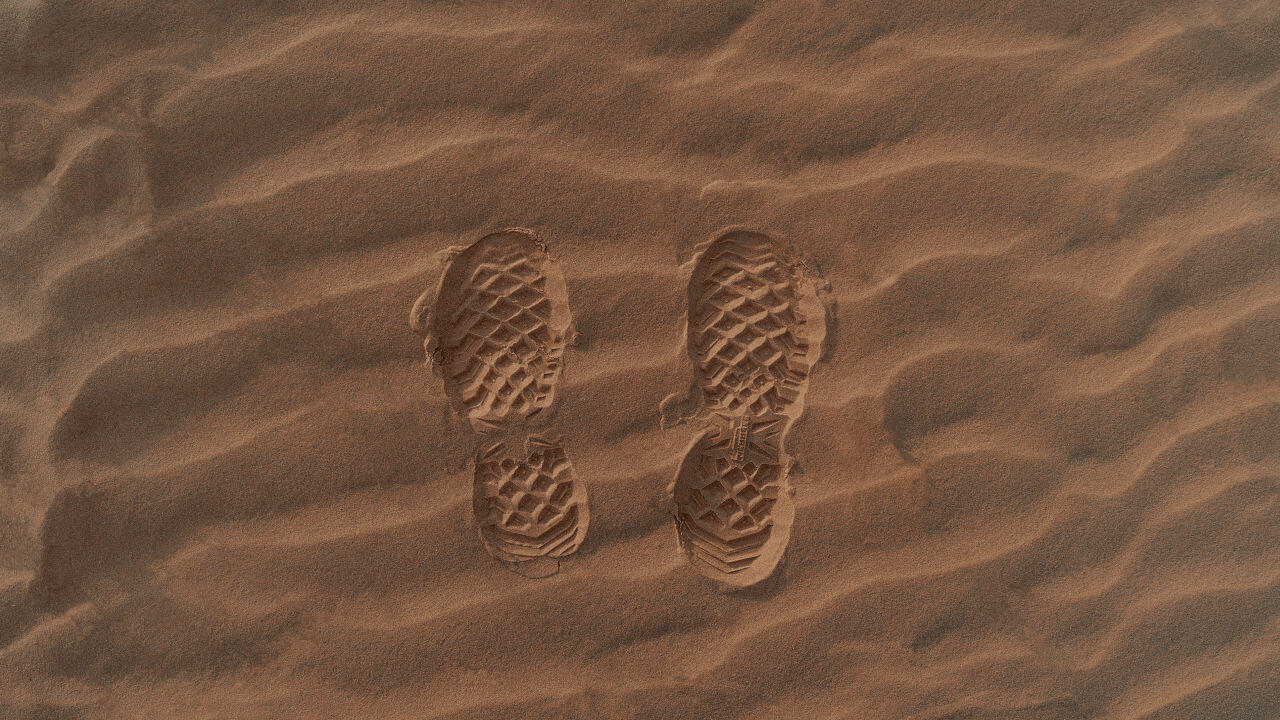If you are told to cast your mind back to your high school days and try to remember one remarkable lecture you attended. Which would you remember? The bland lecture delivered or the one time when the teacher played an interesting documentary in class? You would surely remember the one with the interesting documentary. Why do you think that is? As the saying goes, a picture is worth a thousand words. In this instance, visual evidence tells a thousand words.
Lindsey (2009) in her research article, recorded an experimentation with four groups where two of the four groups read an article and the remaining group of two listened to an audio of the article. When tests were performed, the group who engaged in visual learning performed better. She stated that “overall, our study found that visual learning produced better recall than auditory learning.” This same rule can be applied when presenting evidence to the jury.
When presenting evidence before the court, audio evidence may be used to pass the message across. However, the attention of the listeners including the jury can waver from time to time and cause them to lose track of what is being said. On the other hand, with visual evidence, the attention of the jury would be easily gotten to pass the necessary message across. Without the help of good visual stimulation, it may be difficult to capture and keep the attention of the jury quickly.

Animation as a form of visual evidence
Animation as visual evidence also helps the retention of the jury when compared to the impact of auditory evidence. It is important to capture the attention of the jury. However, it is more important to ensure they retain the information they have just gotten. Ryskamp (2021) in an article titled Expert Witness Trial Tactics: The Power of Visual Aids, stated that “seeing is believing, but seeing is retaining.” She further explained that 85% of the information people take in is visual. When evidence is gotten through the oral speech of the witnesses or expert, it may be easily forgotten. However, with trial animations, you can be guaranteed rapt attention and retention.
Another advantage that trial animation has over auditory evidence is the power of persuasion. One of the most important aspects of litigation is persuasion. Gonzalez (2015) in his article, No Ideas But in Things: A Practitioner’s look at Demonstrative Evidence, stated that “the power of visual stimulation in forming a persuasive argument cannot be understated.” Through animation, a lot of factors like time, progression, actions, causes, and effects are brought into synergy which creates strong persuasion compared to an oral explanation.
More so, when considering the conveyance of complex evidence to a judge or jury, animation evidence will save the day when compared to auditory evidence. Auditory evidence in such circumstances would no doubt confuse the jury further. But with visual evidence like computer-generated animation, complexities can be made easy to understand.
Constantine (2014) in her article, Creating Effective Visual Presentations for the Courtroom, stated that visual presentations including animations provide an “accurate perception of a concept.” In addition to this, they can also help in “solidifying you and your witness’s standing as a subject expert, engaging juror emotion, and persuading your jury to make a particular verdict.”
Furthermore, trial animations are better in illustrating evidence in court when compared to auditory evidence. Auditory evidence even when effectively delivered can be boring thus defeating the whole idea of illustrating the fact at hand. However, with computer-generated animations, it becomes easier to illustrate evidence to the jury effectively.
Schofield (2011) in his article, Virtual Evidence in the Courtroom, stated that “computer animations and interactive virtual simulations are unparalleled in their capabilities for presenting complex evidence. The use of such enabling visualization technology can affect the manner in which evidence is assimilated and correlated by the viewer; in many instances, it can potentially help make the evidence more relevant and easier to understand.”
Conclusively, the advantage that computer-generated animations as visual evidence has over auditory evidence is tremendous and cannot be reconciled. This is why in a court case, to ensure that your facts are properly understood, you need your trial animation done by a professional.





